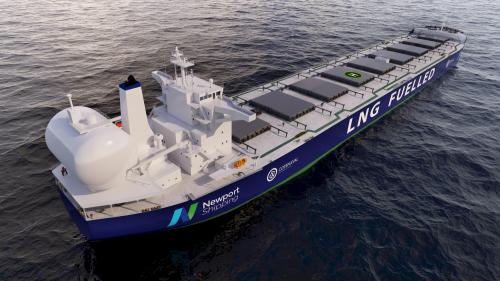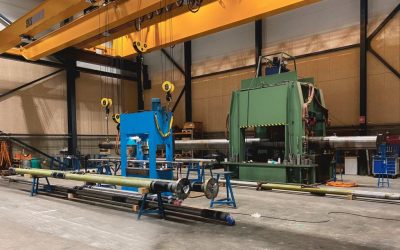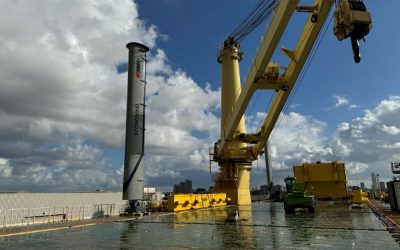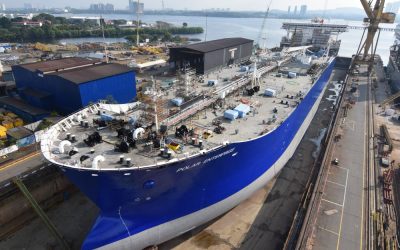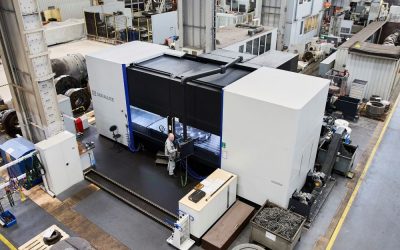While the number of LNG-fuelled ships is on the rise, they still account for only a fraction of the global fleet, with about 175 such vessels presently on the water, and there have been few LNG retrofits completed to date as shipowners hedge their bets on the best alternative fuel option.
Conversion of the existing global merchant shipping fleet of around 100,000 vessels for use of alternative fuels is no longer an option, but an economic necessity for shipowners as reducing emissions will be a rite of passage for trading in a low-carbon shipping future, UK-based Newport Shipping believes.
“Retrofitting all the vessels currently at sea with greener technology is paramount if we want to attain the scale of emissions-cutting that is required,” says Newport Shipping’s managing director Lianghui Xia. “The maritime industry is under pressure to cut its emissions and quickly. There are many options on the market for shipowners to do this with different fuels now being developed for the future. However, action needs to be taken now to meet with the targets of tomorrow.”
To help address the issue Newport Shipping has recently secured approval-in-principle (AiP) from two classification societies for different LNG retrofit options. Most recently, the company has received AiP from Bureau Veritas (BV) for its new Containership LNG design. This concept is based on containers for LNG being stored on deck and these can then be discharged and replaced when a vessel comes into port.
Back in June this year an LNG fuel tank system developed by Newport Shipping for crude tankers and bulkers gained preliminary class approval, to facilitate retrofits of such vessels from DNV. The AiP affirms the technical feasibility of the concept for VLCC and Capesize vessel classes, and paves the way for it to be implemented in design work on retrofits by the UK-based ship repair and retrofitting group.
Newport Shipping’s concept is based on deck-mounted LNG tanks that can be installed without major modifications to the vessel hull, thereby reducing installation costs, as part of a retrofit solution using a dual-fuel engine that would also be suitable for future use of carbon-neutral methane such as bio-LNG. Tank capacity, which is based on a typical ship profile and operating route, is sufficient for a single voyage prior to refuelling.
Xia says: “This marks a significant milestone, positioning us to take a leading role in the rapidly emerging market to adapt vessel fuel systems for LNG that has seen only a few such retrofits completed globally to date. LNG is one of the cleanest transition fuels currently available globally and can be used with minimum modifications to a ship. CO2 emissions can be reduced by between 20% and 30% just by switching to LNG without installing any other equipment.”
As well as environmental gains, there are also significant cost benefits as LNG is much cheaper than most fuels and there is already a worldwide bunkering network in place offering this fuel at competitive prices, Xia points out.
